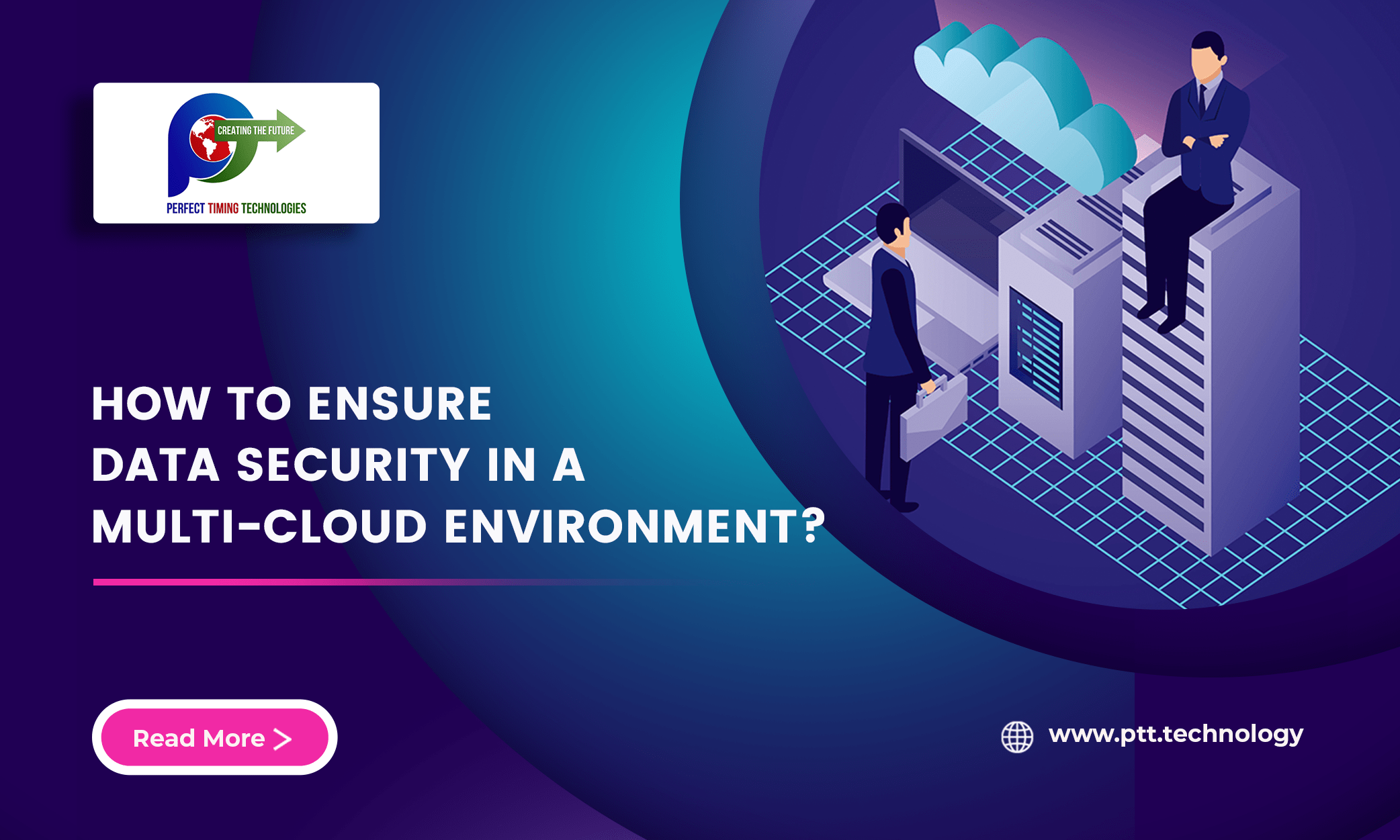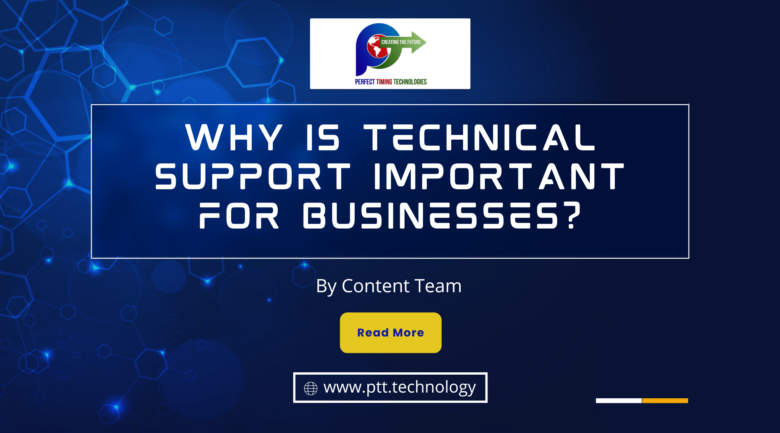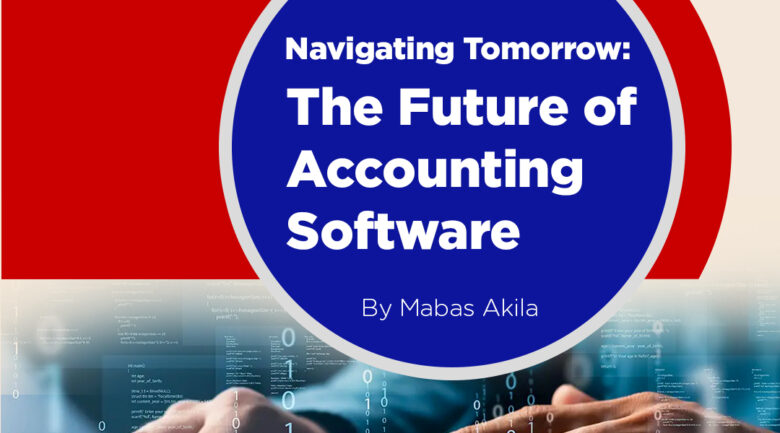
As businesses continue to rely more heavily on cloud computing, multi-cloud environments are becoming increasingly important. With multi-cloud, organizations can avoid vendor lock-in and improve reliability and flexibility by distributing workloads across multiple cloud providers. This approach allows businesses to take advantage of the strengths of different cloud platforms, resulting in improved performance, cost savings, and greater resilience. As a result, more and more companies are adopting multi-cloud strategies to optimize their cloud infrastructure and stay competitive in today’s rapidly evolving digital landscape.
Despite several advantages, multi-cloud environments lack visibility and control over data spread across multiple cloud platforms. It may result in data breaches, insider threats, and violation of compliance rules. Furthermore, each cloud platform has separate security protocols and configurations that make it hard to maintain data security.
In this article, we shall talk about effective data security strategies in multi-cloud environments.
Before moving further, let us quickly define the terms Data Security and Multi-cloud Environment.
How to define Data Security?
Data security refers to the practice of protecting digital information from unauthorized access, corruption, theft, or damage. With increasing data generated and stored electronically, data security has become a critical concern for organizations and individuals. Ensuring data security is essential for maintaining privacy, preventing identity theft, protecting intellectual property, and avoiding financial losses due to data breaches or cyber-attacks.
How to define a Multi-cloud Environment?
A multi-cloud environment is a computing setup that uses multiple cloud computing and storage services from different providers. Organizations can distribute their workload across several cloud platforms. This approach allows organizations to choose suitable cloud services for each specific task or application and switch between them as needed.
Effective Ways to Ensure Data Security in a Multi-cloud Environment
Given below are some measures to ensure data security in multi-cloud environments.
- Data Encryption: Companies need to encrypt their critical business data in transit and at rest. Organizations can utilize encryption mechanisms provided by cloud service providers and implement additional encryption layers where necessary.
- Identity and Access Management (IAM): Implementing robust IAM policies to control access to various business resources would help organizations control their data privacy and security. They may use role-based access control (RBAC), multi-factor authentication, and regular access reviews.
- Network Security: By employing network security measures such as firewalls, virtual private networks (VPNs), and intrusion detection/prevention systems, companies can monitor and protect traffic between cloud environments and their users.
- Data Loss Prevention (DLP): Implement Data Loss Prevention tools to monitor and prevent unauthorized data transfers or leaks. Organizations must set up policies to identify sensitive data and control its movement.
- Regular Auditing and Monitoring: Conducting regular security audits and monitoring of cloud environments can assist companies in detecting and responding to potential threats or vulnerabilities promptly. Utilizing cloud-native security tools and third-party solutions will further enhance the monitoring capabilities of a business.
- Compliance and Governance: Ensuring compliance with relevant regulations and industry standards will benefit companies to secure their critical information. Establish governance policies and frameworks to maintain control and visibility across multiple clouds.
- Backup and Disaster Recovery: Organizations can also implement a robust backup and recovery strategy across different clouds to ensure data availability in case of failures, breaches, or disasters.
- Secure Development Practices: Implementing secure coding practices and performing regular security testing like penetration testing and vulnerability assessments for applications and services deployed in multi-cloud environments would help organizations protect valuable data.
Final Thoughts
Securing data in a multi-cloud environment requires a comprehensive approach that combines various strategies, tools, and best practices. To attain a better understanding of various cloud models and which one to choose for your business, you need expert advice.
Talk to our expert IT team and get all your queries answered.







